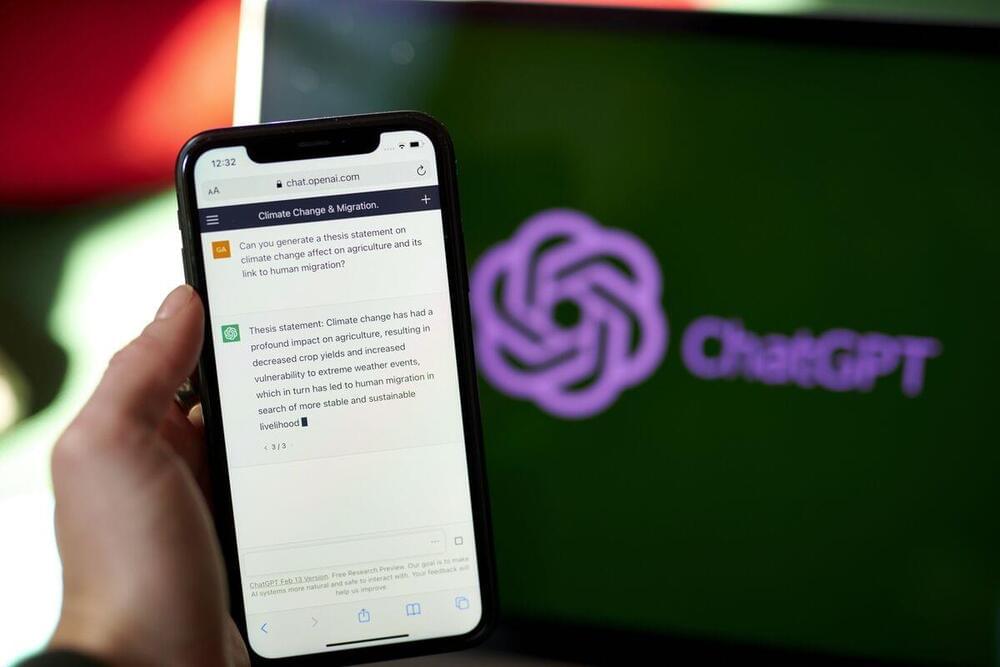The ability of the phenomenon of criticality to explain the sudden emergence of new properties in complex systems has fascinated scientists in recent decades. When systems are balanced at their “critical point,” small changes in individual units can trigger outsized events, just as falling pebbles can start an avalanche. That abrupt shift in behavior describes the phase changes of water from ice to liquid to gas, but it’s also relevant to many other situations, from flocks of starlings on the wing to stock market crashes. In the 1990s, the physicist Per Bak and other scientists suggested that the brain might be operating near its own critical point. Ever since then, neuroscientists have been searching for evidence of fractal patterns and power laws at work in the brain’s networks of neurons. What was once a fringe theory has begun to attract more mainstream attention, with researchers now hunting for mechanisms capable of tuning brains toward criticality.
Learn more about the critical brain hypothesis: https://www.quantamagazine.org/a-physical-theory-for-when-th…-20230131/
- VISIT our Website: https://www.quantamagazine.org.
- LIKE us on Facebook: https://www.facebook.com/QuantaNews.
- FOLLOW us Twitter: https://twitter.com/QuantaMagazine.
Quanta Magazine is an editorially independent publication supported by the Simons Foundation https://www.simonsfoundation.org/






